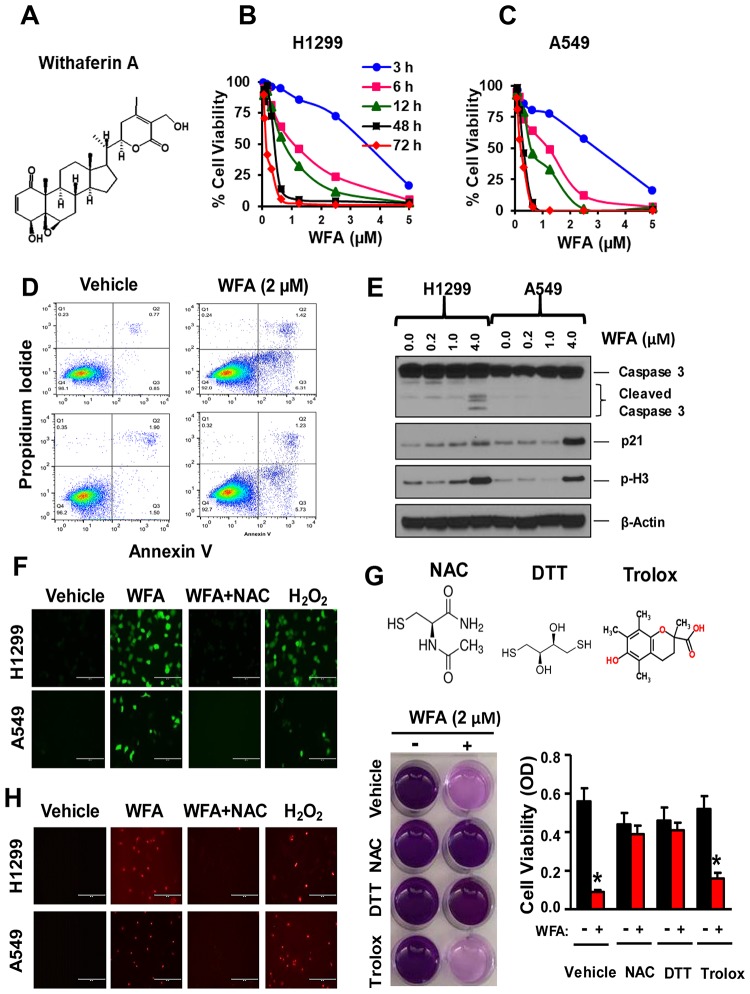Figure 1. WFA inhibits NSCLC cell proliferation via thiol dependent induction of apoptosis.
(A) Chemical structure of WFA. Cells were incubated with WFA for 3, 6, 12, 48 and 72 h and cell viability measured at 72 h. WFA dose-dependently inhibited the proliferation of H1299 (B) and A549 cells (C). (D) AnnexinV/PI assay depicting induction of apoptosis at 2 μM concentration of WFA compared to DMSO control. (E) Western blot analysis indicated increased expression of p21, phospho-H3, and cleavage of caspase-3 at different concentration of WFA (0, 0.2, 1, and 4 μM). ROS determination by fluorescent microscopy using the H2DCFDA assay (F) and Mitosox Red (H) indicated the induction of reactive oxygen species (ROS) production in H1299 and A549 cells. The induction of ROS by WFA was significantly inhibited in the presence of the thiol donor, N-acetyl cysteine (NAC). H2O2 (100 μM) was used as a positive control. The antiproliferative activity of WFA was inhibited in the presence of thiol donors; NAC (2.5 mM) and dithiothreitol (DTT) but not in the presence of trolox (G). Where indicated, data are presented as mean ± SD of 3 technical replicates. * p < 0.05.

